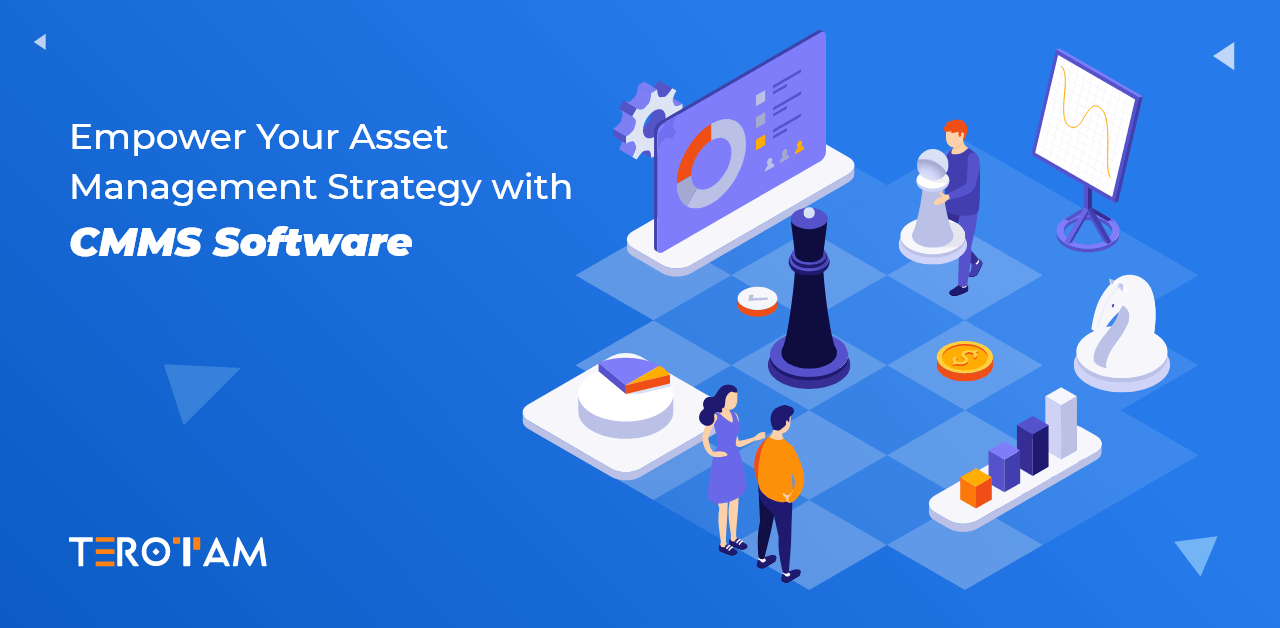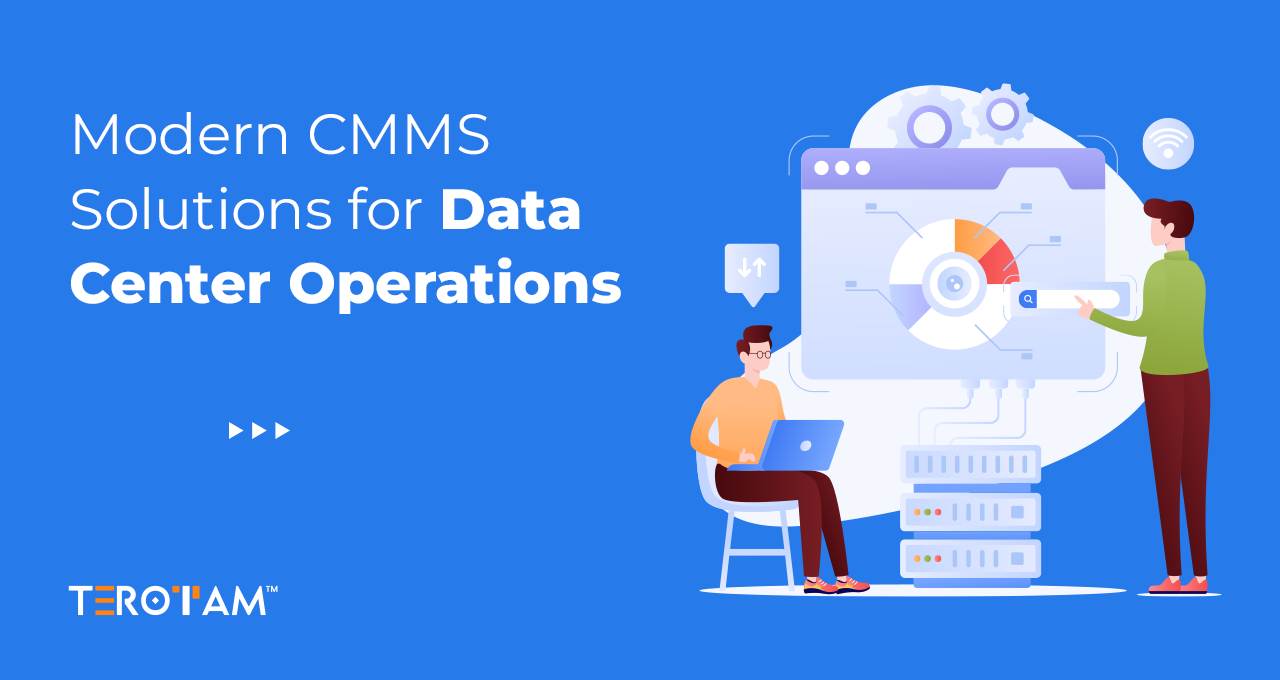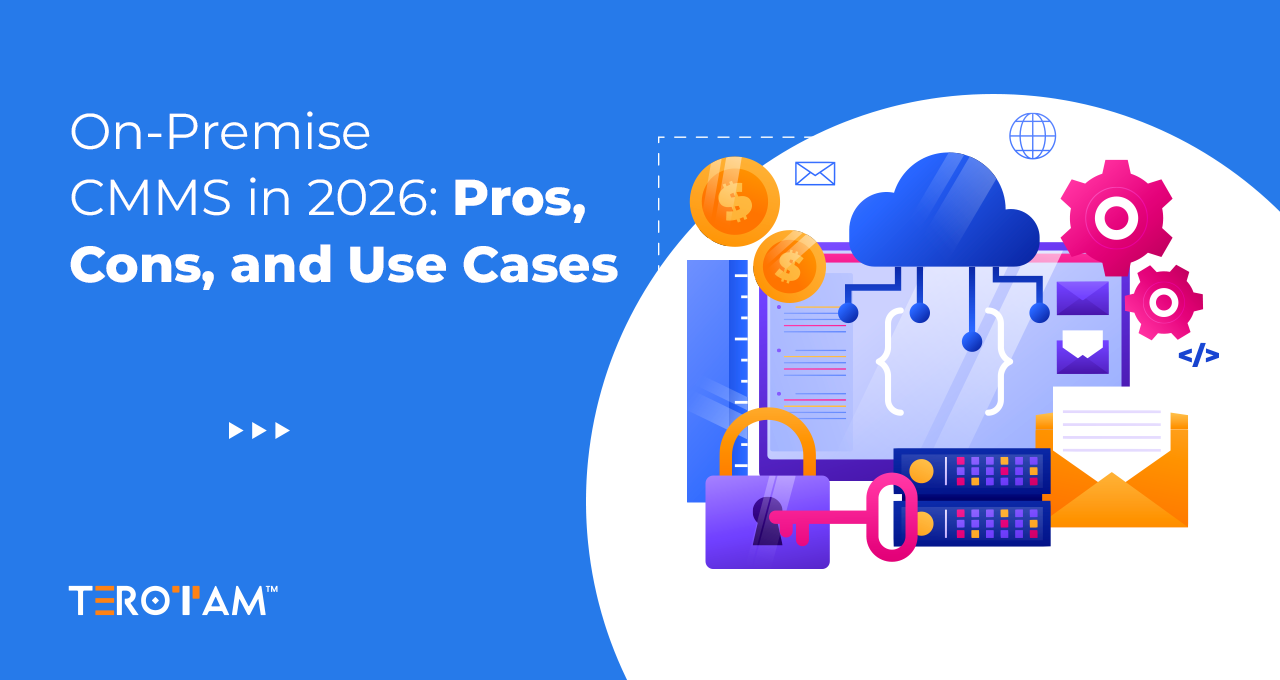Have you ever pondered over the inner workings of your organization’s assets? How well do you really know them? From the factory floor humming machines to the fleet of vehicles crisscrossing the city, assets are the lifeblood of modern businesses. But the real question is, are you harnessing their full potential? In today’s hyper-competitive world, merely possessing assets isn’t enough; optimizing their performance is the true key to success. This is where an Asset Management Strategy comes into play, and in this comprehensive guide, we’ll show you how to supercharge it with the mighty ally known as a Computerized Maintenance Management System (CMMS).
So, fasten your seatbelts as we embark on a journey to unlock the secrets of efficient asset management, where strategy meets technology to drive your organization’s excellence to new heights.
What is Asset Management?
Asset management, in its essence, is the systematic process of acquiring, operating, maintaining, and disposing of assets in a way that aligns with organizational goals and efficiency. It encompasses many assets, ranging from tangible, physical assets like machinery and vehicles to intangible assets such as software licenses and intellectual property.
Within this overarching framework, an Asset Management Strategy serves as the guiding light, steering your organization toward optimized performance, substantial cost savings, and adherence to regulatory standards.
Why is Asset Management Strategy Important?
Asset management strategies are the core cornerstone upon successful organizations’ construction, not merely a trendy management phrase. This strategy’s primary goal is to meticulously control expenditures, beginning with procuring assets, assuring their effective maintenance, and concluding with their ethical disposal. It serves as the cornerstone for improving financial performance, enabling businesses to make the most of their assets.
It also acts as a barrier against uncertainty. Strategic management of assets serves as a barrier by foreseeing potential risks such as unanticipated asset breakdowns, downtime, and the threat of non-compliance with regulatory requirements. It acts as a compliance assurance method in sectors subject to strict laws, lowering the likelihood of fines and penalties.
Here are a few points we can list as the significance of Asset management strategy.
- Cost Control: It’s the cornerstone for optimizing costs throughout the asset lifecycle, including acquisition, maintenance, and disposal, thus contributing to better financial performance.
- Risk Mitigation: A well-structured strategy minimizes the risk of unexpected asset failures, downtime, and non-compliance with regulatory requirements.
- Resource Efficiency: It ensures that resources, including time, labor, and capital, are deployed judiciously, focusing efforts where they yield the most substantial returns.
- Compliance Assurance: In industries subject to regulations and standards, a robust strategy ensures strict adherence, reducing the potential for fines and penalties.
- Long-Term Planning: By fostering a proactive approach, organizations can accurately forecast future asset needs and replacements.
How to Write An Effective SAMP?
Crafting a Strategic Asset Management Plan (SAMP) is the linchpin in realizing the potential of SAM. Here’s a detailed, step-by-step guide:
- Define Clear Objectives: Precisely outline your organization’s strategic objectives and articulate how asset management will contribute to their attainment.
- Comprehensive Asset Inventory: Create a comprehensive inventory of all assets, including their condition, maintenance history, and criticality to operations.
- In-Depth Risk Assessment: Identify potential risks and vulnerabilities associated with each asset, categorizing them based on severity and probability.
- Set Performance Metrics: Establish a suite of key performance indicators (KPIs) that align with both asset performance and broader organizational goals.
- Lifecycle Management: Develop a meticulous plan for asset lifecycle management, encompassing maintenance schedules, upgrades, and replacements.
- Effective Resource Allocation: Allocate resources, be it human capital, financial assets, or technological tools, according to asset priorities and requirements.
- Continuous Improvement Mechanism: Implement a robust process for continuous monitoring, evaluation, and improvement of the SAMP, ensuring it remains agile and responsive.
Benefits of Asset Management Strategy
Adopting an Asset management strategy is like finding a hidden gold mine of benefits that can completely alter how an organization runs. Let’s take a quick look at how a strategic approach to asset management can be a game-changer:
Increased Effectiveness
Strategic management of assets goes above and beyond conventional asset management by ensuring that resources are consumed and utilized to their fullest extent.
This entails accurately matching assets to operational requirements and maximizing their use. Because of this, downtime is drastically decreased, increasing overall productivity. SAM accomplishes this through meticulous planning, preventive maintenance schedules, and a proactive approach to asset management.
Cost Optimisation
The possibility of significant cost savings is one of the most evident advantages of strategic management of assets. Companies may prevent expensive breakdowns and repairs by being proactive with asset maintenance and replacement programs.
This minimizes both the direct costs of downtime, lost productivity, and emergency repairs as well as their indirect costs. Asset management is effectively changed by Strategic approach from a cost center to a source of cost reduction.
Informed Decision-Making
Asset management strategy isn’t a shot in the dark; it’s a data-driven endeavor. It equips organizations with a comprehensive framework for making informed, strategic decisions regarding asset investments and maintenance strategies.
Through collecting and analyzing relevant data, organizations gain insights into asset performance, lifecycle trends, and potential areas for improvement. This data-driven decision-making enhances efficiency and ensures that resources are allocated where they will have the most significant impact.
Sustainability
Sustainability is becoming a crucial factor for organizations everywhere. A strategic approach to Asset Management allows businesses to foresee and prepare for a sustainable future.
It guarantees that assets stay dependable and compliant throughout their lives, minimizing waste and environmental effects. Strategic Management of Assets is essential to accomplishing these objectives because sustainability encompasses more than simply environmental responsibility; it also requires responsible utilization of resources.
Competitive Advantage
Every edge counts in a competitive business environment. Effective use of asset management strategy aims to maximize assets’ performance while lowering operational risks. It goes beyond simple asset management.
This means that your business can reliably provide top-notch goods or services, precisely match client needs, and remain adaptable in the face of difficulties. In simple terms, Strategic Management of Assets can give your business a distinct competitive edge by establishing your company as a market leader in asset efficiency and dependability.
The Role of CMMS in Asset Management Strategy
A Computerized Maintenance Management System (CMMS) is a linchpin in fortifying your Asset Management Strategy. Here’s a comprehensive look at its multifaceted role:
Precise Asset Tracking: CMMS systems offer a centralized repository for asset data, encompassing information about asset location, specifications, maintenance schedules, and work orders.
Asset Lifecycle Management: CMMS aids in planning for asset replacement or upgrades at the right time, ensuring cost-efficiency and preventing costly emergency replacements.
Asset Performance Reports: It also generates detailed reports on asset performance, maintenance costs, and downtime, empowering organizations to track Key Performance Indicators (KPIs) and make data-driven decisions for continuous improvement.
Proactive Preventive Maintenance: They enable the automation of preventive maintenance tasks, leading to minimized downtime and reduced instances of unexpected breakdowns.
Streamlined Work Order Management: They facilitate the streamlined management of work orders, enhancing operational efficiency and response times.
Resource Optimization: Asset and maintenance management also streamlines resource allocation by providing insights into maintenance staff schedules and optimal spare parts inventory levels, reducing waste and costs.
Documentation and Auditing: They also maintain meticulous records of maintenance activities, inspections, and repairs, ensuring compliance with regulatory standards and providing transparency during audits.
Data-Driven Decision-Making: Such systems also equip organizations with advanced analytics tools, allowing them to make data-backed decisions that optimize asset performance.
Compliance Adherence: Above all, CMMS assists organizations in maintaining regulatory compliance by meticulously tracking maintenance and inspection records.
Conclusion
A well-crafted asset management strategy is the foundation of sustained excellence in an era where effective asset management is equated with commercial success. The strategic framework needed to achieve operational excellence, realize cost savings, and maintain long-term sustainability is provided by the strategic approach towards asset management, which is strengthened by integrating a CMMS system.
Organizations may maximize the value of their assets and get a competitive edge in their respective industries by carefully creating an efficient Strategic asset management Plan and utilizing CMMS technology.
Planning to apply Strategic Asset handling in your valuable business now? – Let’s discuss this now or share your thoughts on contact@terotam.com
Frequently Asked Questions
What distinguishes asset management from asset management strategy?
Asset management encompasses the overarching process of managing assets, while strategic management of asset (SAM) represents a holistic approach that aligns assets with strategic goals, focusing on long-term planning, risk management, and performance optimization.
Can small businesses benefit from an asset management strategy?
Absolutely. Small businesses can benefit substantially from SAM by optimizing asset performance, reducing operational costs, and ensuring long-term sustainability. It equips businesses of all sizes to make informed decisions about their assets.
How does a CMMS system enhance asset management?
A CMMS system enhances asset management by providing a centralized platform for asset tracking, automating preventive maintenance, offering data analytics capabilities, streamlining work order management, and facilitating compliance tracking. It boosts efficiency and supports data-driven decision-making.








